These days, when the country is filled with flags and flowers towards the 50th anniversary of the Liberation of the South and the reunification of the country, many people in Ha Tinh, including medical staff who served during the anti-American war (1954-1975), recall a difficult but heroic time, always promptly serving the battlefield and taking care of people's health during the years full of bombs and bullets.
Mr. Dang Dinh Chi - former Deputy Director of Ha Tinh Department of Health.
In a small house, nestled on Nguyen Cong Tru Street (Ha Tinh City), Mr. Dang Dinh Chi (born in 1939) - former Deputy Director of Ha Tinh Department of Health still remembers clearly the difficult days of himself and his colleagues.
Mr. Chi said: "The fierce years of war have many memorable memories, some shared by colleagues and the medical sector, some by each individual. Regarding my colleagues, I always remember the battle in Dai Nai on March 26, 1965. At that time, I was working at Duc Tho District Hospital and was sent to the Department of Health (Ha Tinh town) to get medicine. Although I did not directly participate in serving on the battlefield that day, witnessing my colleagues risking their lives to rush into the midst of bombs and bullets, carrying stretchers to rescue wounded soldiers, saving people... I was both impressed and inspired.
As for me, in 1966, during a business trip to Thach Lam commune (now Tan Lam Huong commune, Ha Tinh city), I almost died because I was discovered by an enemy plane while walking in the middle of the field. At that time, to protect myself and the medicine bag I was carrying, I quickly jumped into a sewer on the side of the road, avoiding the bomb dropped just a few dozen meters away... In general, not only me, during those years, the medical force was always ready to go to the most difficult and fierce places to carry out their duties. Many of my colleagues sacrificed their lives while saving people in the trenches and in local medical stations...".
The first pharmacy after peace was restored in 1954, in Ha Tinh town. Photo: document.
After 1954, the North in general and Ha Tinh in particular were completely liberated, but conditions were still extremely difficult, medical facilities were outdated, and the medical staff was lacking and weak. In that context, the Ha Tinh health sector made efforts to consolidate the network system, build treatment facilities and train human resources to serve both peacetime and wartime. Provincial and district hospitals were upgraded and expanded; commune health stations and epidemic prevention sanitation teams were established and put into operation. Training of nurses, midwives and sanitation workers was promoted. In which, provincial hospitals played a central role, district hospitals and commune health stations became a widespread grassroots health network, contributing to people's health care, disease prevention, and being ready to serve in combat when required.
In August 1964, the US imperialists officially launched a war of destruction in the North, Ha Tinh became one of the fiercest targets of destruction. Facing great challenges, the Ha Tinh health sector quickly changed its state from peacetime to wartime. All key officials such as the Chief and Deputy Chief of the Health Department, doctors, nurses, and physicians directly commanded and organized the emergency medical treatment system. Important treatment facilities were evacuated from the city to rural and mountainous areas in the communes of Thach Ha, Thach Quy, Thach Huong, Thach Dien... The provincial hospital still maintained a scale of 200 beds with full departments under extremely harsh conditions.
Mr. Dang Dinh Chi - former Deputy Director of Ha Tinh Department of Health talked with reporters.
The air defense, biological and chemical warfare emergency response system was established from the provincial to the communal level. More than 53,760 commune-level chemical officers and 768 district-level officers were trained, helping to promptly rescue tens of thousands of people affected by toxic chemicals during the war.
Despite facing devastating bombs and bullets locally, the Ha Tinh health sector still turned to the beloved South. Many medical teams were sent to battlefields B, C, and K to serve in the fight. The provision of medical personnel did not stop at treating staff, but also included on-site training courses for nurses and midwives to compensate for the forces mobilized to the battlefield, demonstrating the spirit of "All for the great frontline of the South".
Mr. Nguyen Huyen - Head of Hong Loc Commune Health Station examines and treats patients at the station, November 1969. Photo taken from an archive photo of the Ministry of Culture, Sports and Tourism.
Along with the efforts to treat wounded and sick soldiers on the battlefields, and people affected by bombs and bullets by applying many innovative techniques of emergency care, surgery, and wound dressing, one of the outstanding successes of the Ha Tinh Health sector during the resistance war against the US was the preparation and production of pharmaceuticals.
According to Mr. Dang Dinh Chi - former Deputy Director of Ha Tinh Department of Health: In 1967, Ha Tinh Pharmaceutical Enterprise (now Ha Tinh Pharmaceutical Joint Stock Company) was established, producing many types of antibiotics such as: Teraxillin, Chloroxit; all anti-allergy and anti-shock injections; vitamins... In particular, with the source of medicinal herbs widely grown and harvested from nature, the pharmaceutical industry has prepared many types of pills to serve the treatment of diseases. In addition, Ha Tinh also produces cotton, medical gauze to ensure... From the source of self-prepared and produced medicines, Ha Tinh not only serves the treatment of diseases on the battlefield, taking care of people in the province but also sends them to serve the battlefield in the South.
Indigenous medicinal herbs are grown and harvested by many localities to serve the Ha Tinh health sector in preparing medicine.
One of the typical local medical facilities with outstanding achievements in medical treatment and medicinal herb production during the anti-American period is the Hong Loc Commune Medical Station (formerly Can Loc District, now Thach Ha District). With the enthusiasm and creativity of the station chief at that time, Mr. Nguyen Huyen (later Deputy Director of Can Loc General Hospital), the Hong Loc Medical Station mobilized people to plant dozens of hectares of various medicinal herbs to prepare many effective medicines, including a traditional medicine to treat dengue fever that was widely used throughout the North.
Ms. Tran Thi Minh (born in 1946) - former pharmacist of Hong Loc Medical Station recalls: “In the years 1966-1969, we produced dozens of tons of herbal medicine each year. Along with serving the treatment work at the facility, we transferred a large amount of medicinal herbs for the Provincial Health Department to prepare medicine to send to the battlefield. In 1969, we were honored to have Minister of Health Nguyen Van Huong and Deputy Minister of Health Dinh Thi Can visit and praise us wholeheartedly”.
In addition to medical treatment and pharmaceutical production, the Ha Tinh Health sector is also a typical unit in the North in the epidemic prevention and hygiene movement. Many epidemics that spread rapidly in the community such as dengue fever, cholera, etc. were quickly pushed back, protecting people's health.
Ms. Tran Thi Minh (born in 1946) - former pharmacist of Hong Loc Commune Health Station during the anti-American resistance war.
Along with the achievements, efforts and attempts in taking care of people’s health, serving the battlefield, and during the resistance war against the US, the Ha Tinh health sector has witnessed the sacrifice of many health workers. There were 18 health workers who sacrificed their lives while performing their duties of treating wounded soldiers, evacuating patients, and receiving medicine in the midst of enemy fire…
In recognition of the great contributions of the Ha Tinh Health sector in the resistance war against the US, the Ministry of Health awarded the "Excellent Unit" flag to the entire sector, many collectives and individuals were awarded medals, certificates of merit, and Uncle Ho badges... In particular, Ky Anh District Hospital was awarded the Second Class Labor Medal (1966); units awarded the Third Class Labor Medal include: People and staff of Cam Long Health Station (Cam Xuyen, 1966), People and staff of Hong Loc Health Station (Can Loc, 1968), Duc Tho District Hospital (1966), Ha Tinh Health Sector (1967)...
Ha Tinh General Hospital is now invested in a spacious and modern facility with a team of skilled doctors and advanced medical equipment.
It can be said that the achievements of the Ha Tinh Health sector in the resistance war against the US are a symbol of silent and persistent dedication in the fierce bomb and bullet situation, worthy of being the core force in the cause of protecting and taking care of people's health, contributing to the overall victory of the nation.
Those contributions are forever a source of pride and valuable lessons for today's generation to follow, constantly striving to contribute to the work of curing and saving people, building the homeland and country to develop more and more.
Source: https://baohatinh.vn/vuot-gian-kho-lam-tot-nhiem-vu-chua-benh-cuu-nguoi-trong-khang-chien-chong-my-post286109.html


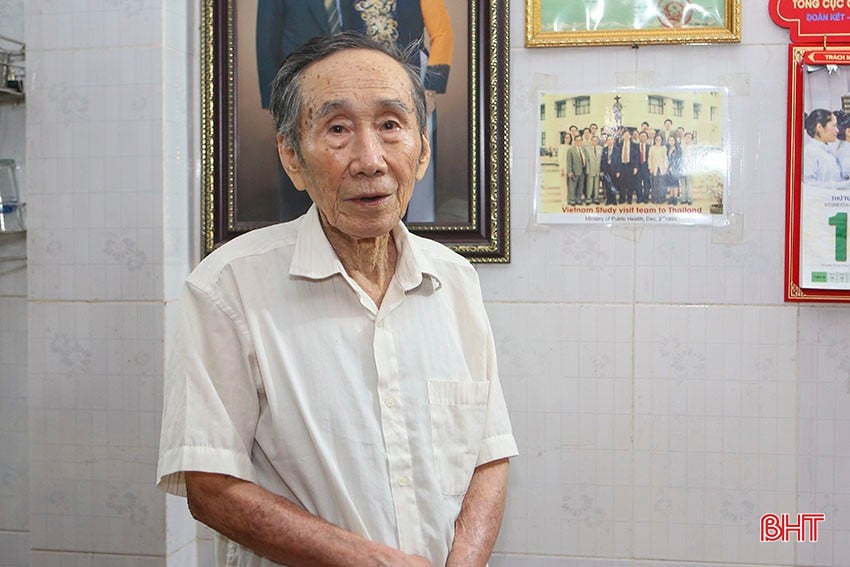
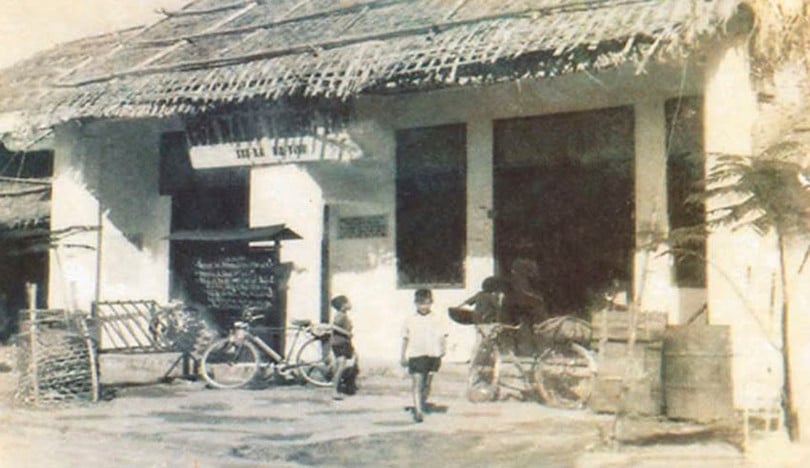
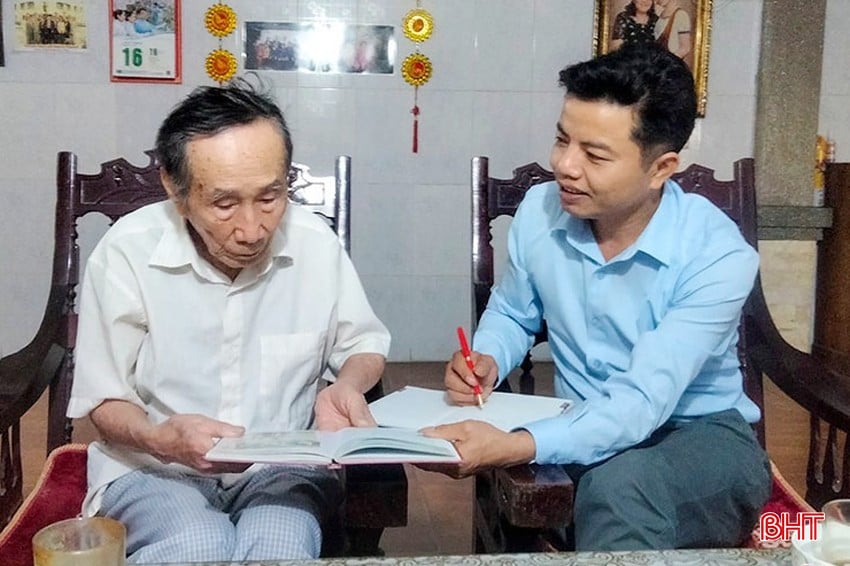
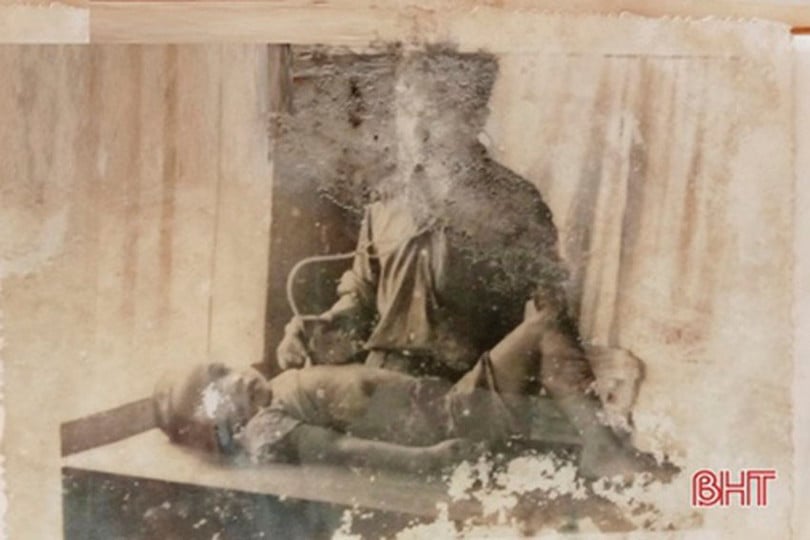
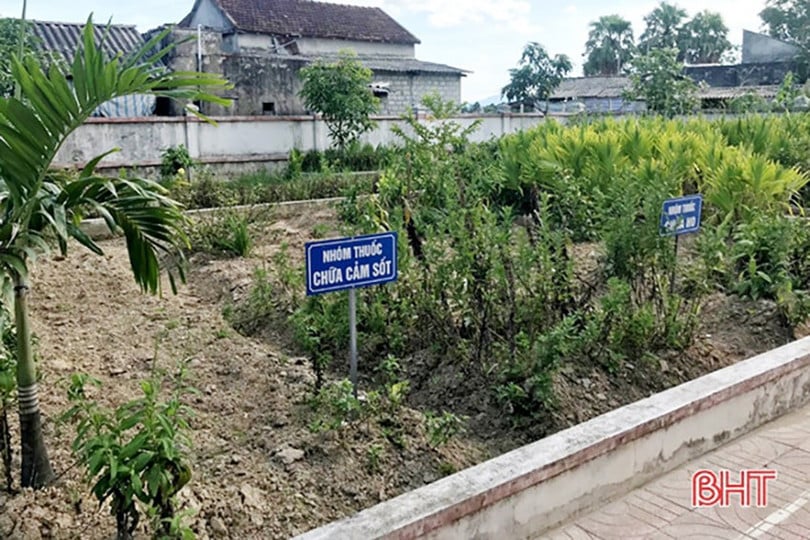
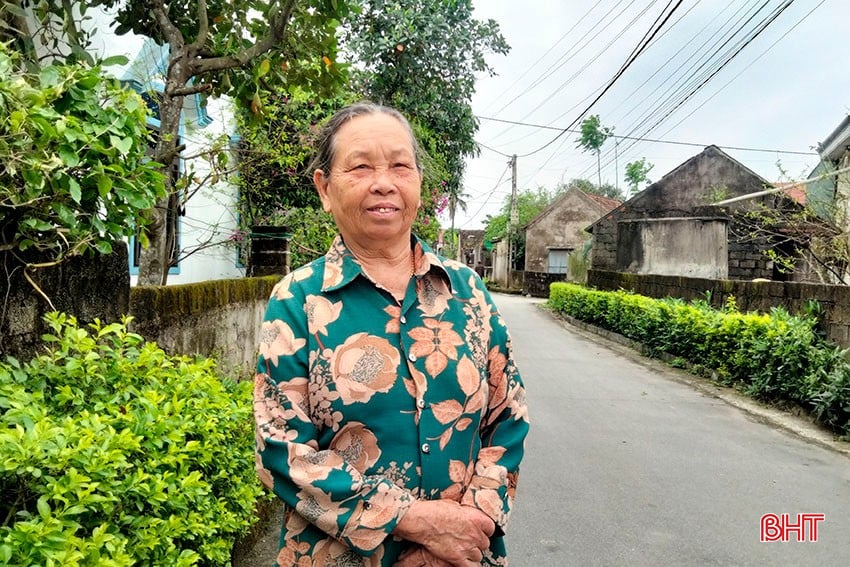
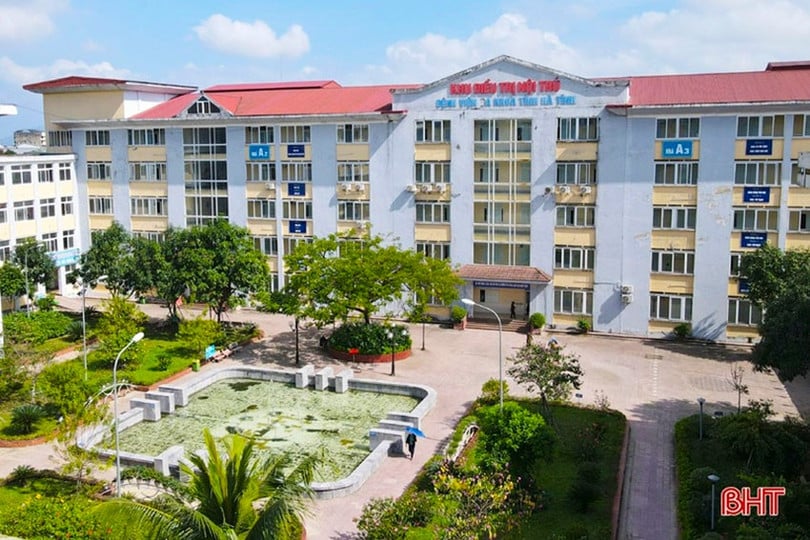
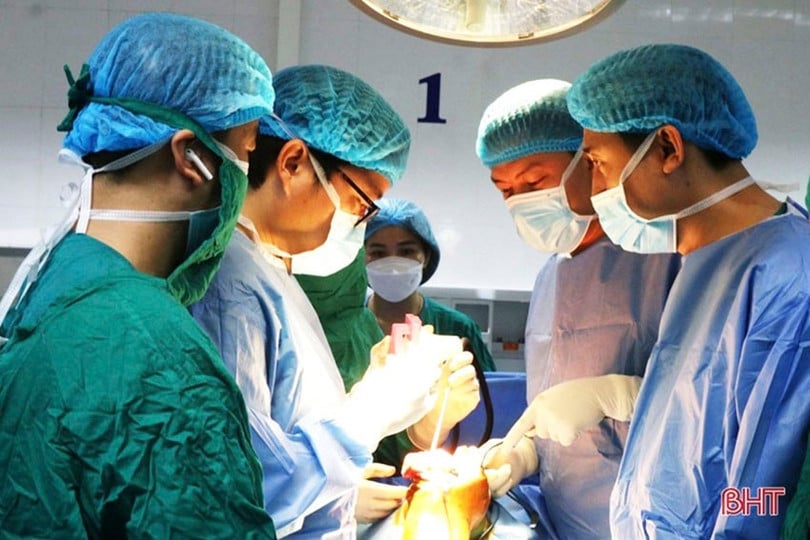



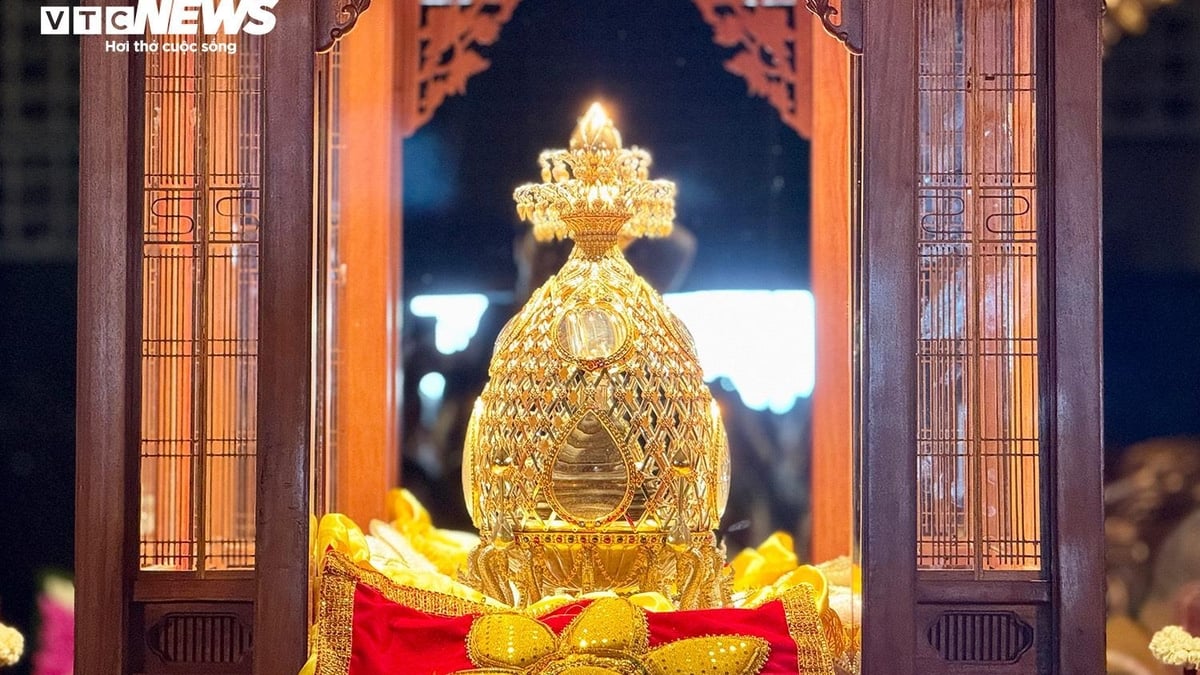
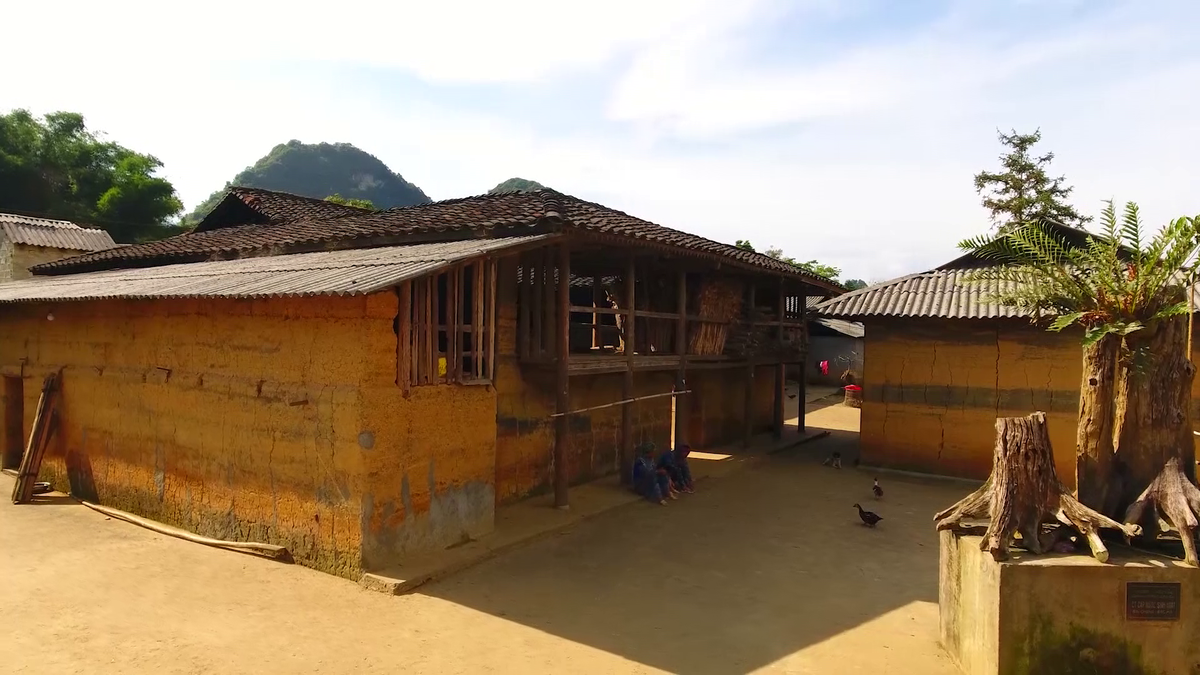
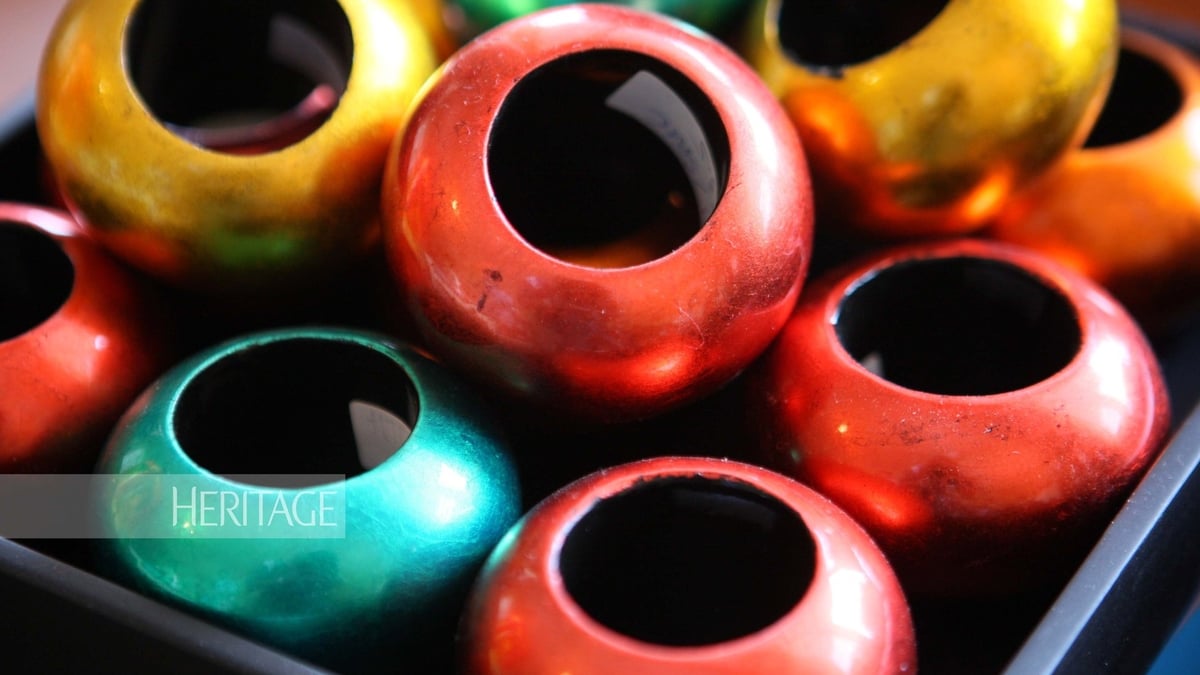
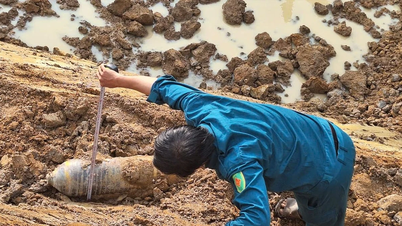
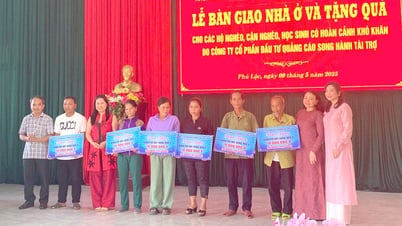
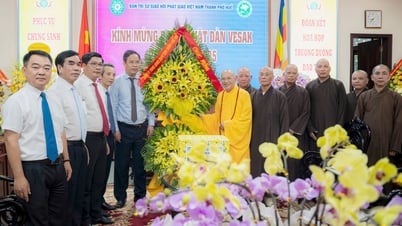
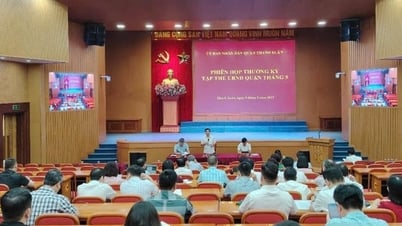

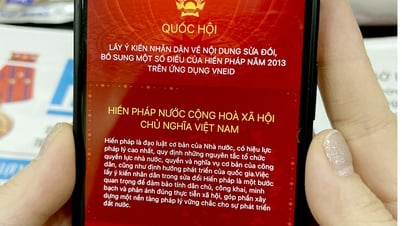





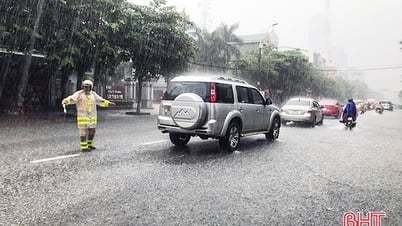
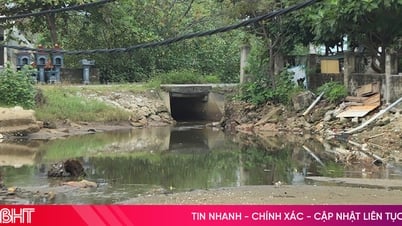


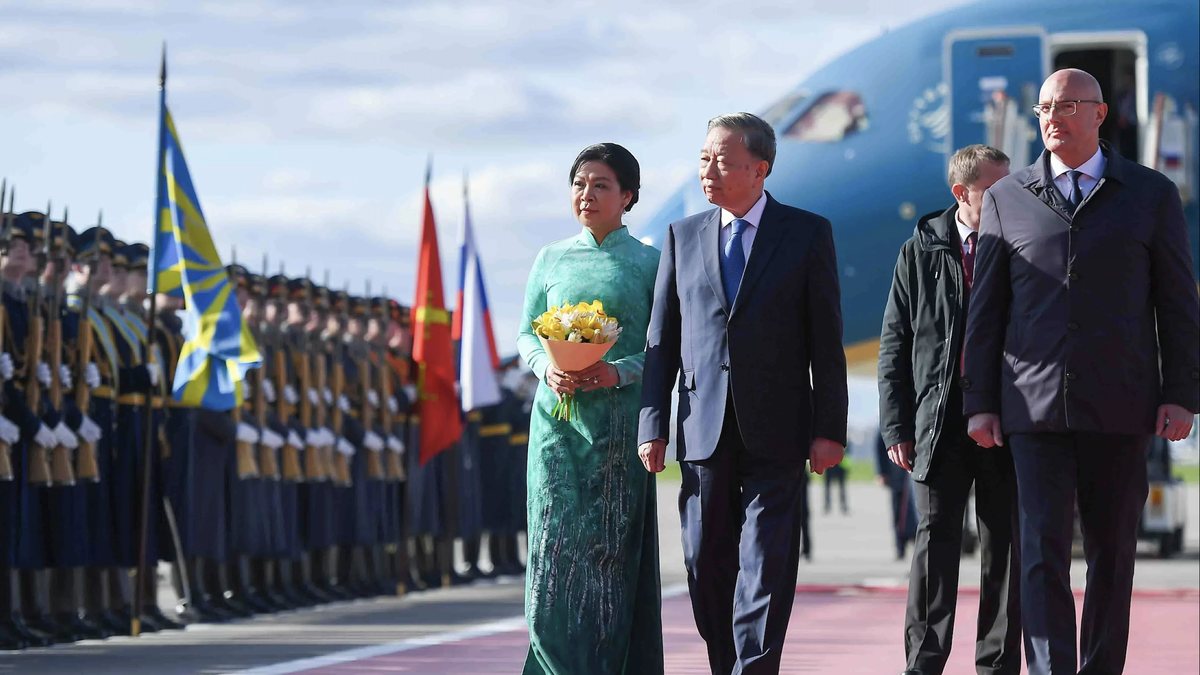

![[Photo] General Secretary To Lam begins official visit to Russia and attends the 80th Anniversary of Victory over Fascism](https://vphoto.vietnam.vn/thumb/1200x675/vietnam/resource/IMAGE/2025/5/8/5d2566d7f67d4a1e9b88bc677831ec9d)
![[Photo] Prime Minister Pham Minh Chinh meets with the Policy Advisory Council on Private Economic Development](https://vphoto.vietnam.vn/thumb/1200x675/vietnam/resource/IMAGE/2025/5/8/387da60b85cc489ab2aed8442fc3b14a)


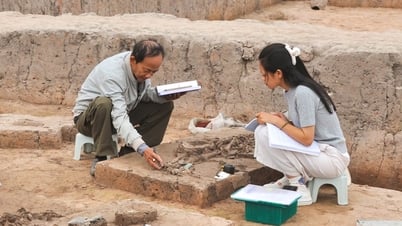


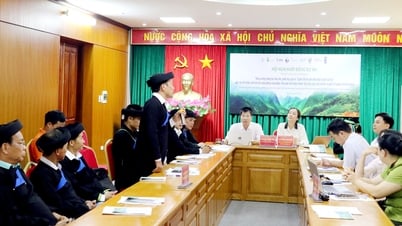











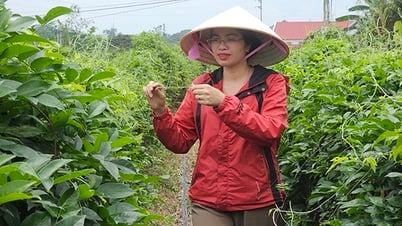

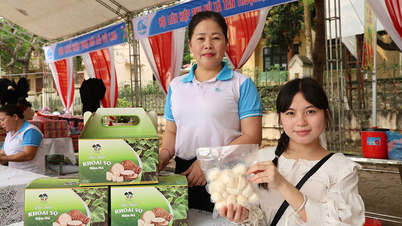














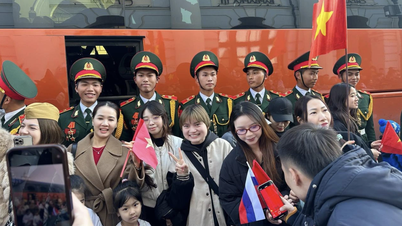


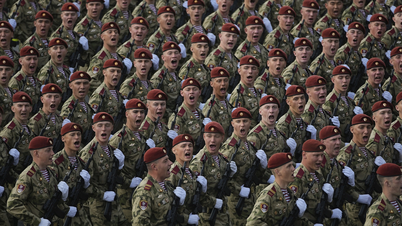


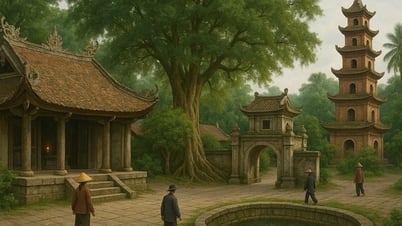
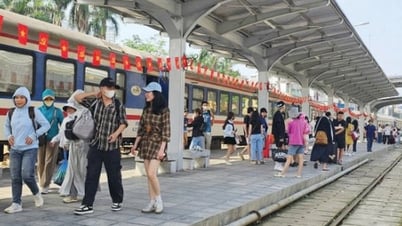


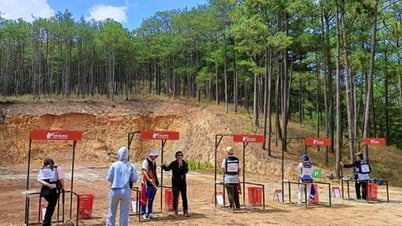
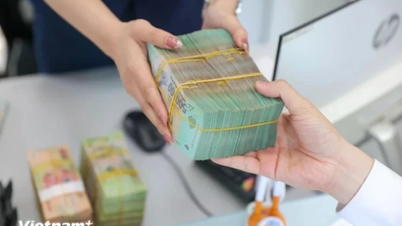

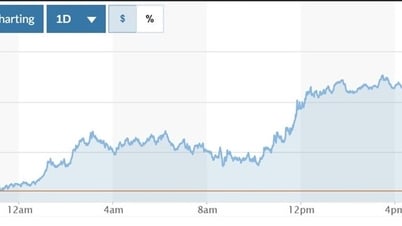
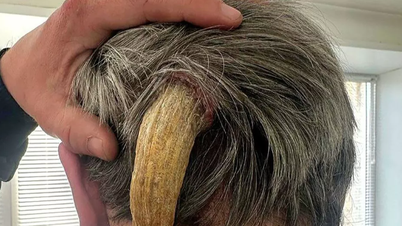



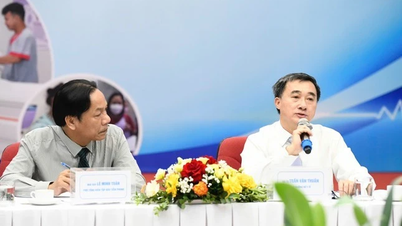

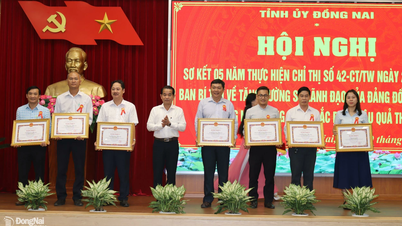












Comment (0)